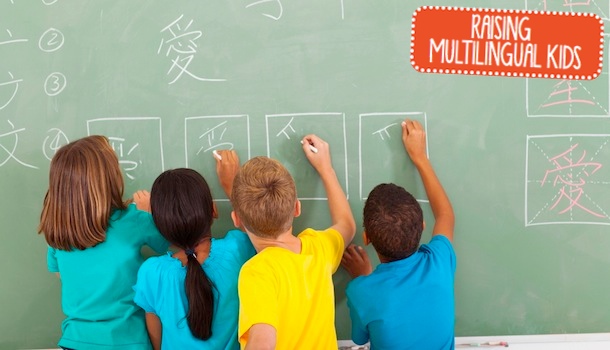
With an increase in the number of children speaking more than one language at home and school, how easy is it to raise effective communicators in a linguistically diverse environment? To get more insight, we spoke to our friends at Treetop Therapy about raising multilingual children in a culturally rich society.
Our capacity to learn
Our babies have an outstanding capacity to learn. Research has shown that newborns can recognise their mothers’ voices and can even tell apart two different languages that they’ve heard before birth! This universal ability to be tuned into all the sounds in the world continues until our little ones reach their first birthday, at which point they become better at recognising the distinctive sounds of the languages that are more familiar to them, as well as the languages that are spoken in their surroundings.
So many ways to learn!
Children who are exposed to two or more languages at the same time are capable of becoming fully competent speakers in those languages. However, a child can have a dominant language in certain topics and not others, depending on the type of exposure he gets for each language. For example, a child who shares an interest in transport with his father may be more acquainted with the names of those objects in the father’s language, rather than the mother’s language.
Children who are suddenly exposed to a second language when they move countries and start a new school in a different language of instruction will go through a period characterised by poorer vocabulary size and grammatical inaccuracy until that language is mastered. These children may need up to a year to develop the initial stages of vocabulary and grammatical complexity of the second language.
Nevertheless, it is important to note that fluency in language, as in other aspects of learning, evolves with a child’s experiences.
Common Experiences of Multilingual Children
While we may not fully understand the scope of the advantages that come from being a multilingual speaker, it’s important to reiterate the typical language development that our multilingual little ones can expect to go through…
A multilingual child’s language ability is as rich and complex as the language ability of children who only speak one language.
A multilingual child may sometimes appear to take slightly longer than a monolingual child to use the languages they are being exposed to. However, this is not considered a “clinical” delay by language experts. Children may simply need some time to relate two or more words to the same object. Children may also have more words in one language around a specific topic than in their other language. However, it’s the total number of words and how they are used to communicate that counts.
A multilingual child will mix languages and that is ok!
Children can mix languages in terms of vocabulary and grammar, and this appears to be part of typical bilingual language development. As children grow, they are increasingly able to read social cues and adapt their language accordingly. They can use ‘code-switching’ effectively, changing between words and grammatical structures of different languages in the same sentence when talking to people who share the same linguistic background.
Children with a language difficulty may also learn more than one language at the same time.
When a child has a language difficulty, this will be shown across all the languages the child speaks. However, these difficulties are not linked to learning two languages. The additional time it may take for them to learn a different language is related to an inherent difficulty with learning language rather than the number of languages. Exposing a child with additional needs to different languages may, instead provide the child with the cultural and linguistic background that is meaningful to the child’s family.
Multilingual Superpowers!
Research studies have linked multilingual language development to being able to learn new words and store them into categories more easily, rhyme more successfully, and problem solve more effectively. Lack of knowledge regarding multilingual language development may lead people to advise you to drop your mother tongue in favour of the majority language(s) that are spoken (especially if your little ones are of school age) stating that learning more than one language will confuse them and have a negative impact on their language abilities. It’s crucial to clarify that there is no evidence that this is the case and, in fact, there are many advantages to learning more than one language.
Common Challenges
Which language do I speak to my child?
When everyone around you understands and uses a variety of languages other than your own, it may be difficult to know which language(s) to use.
From a social point of view, children are able to detect who speaks what and adjust accordingly. Thus, adapting the language you speak to the social situation you are in is appropriate. This means you may switch between languages depending on whom you are talking to and the situation or the place you’re in.
When children are just learning their first words, and the parent is merely naming the objects and actions rather than having a conversation that may involve other people, using the parents’ mother tongue is appropriate. Therefore, a ‘home language and an outside language’ or a ‘one parent one language’ approach that is often used are both viable options that can be chosen based on how easily they facilitate communication between everyone involved with the child.
The most important advice to remember is to use the language that you are dominant in. This way, you will provide your child with the best language model.
My child doesn’t want to speak my language! What do I do?
Some children may happily spend time speaking in their “special” language with their parents while others refuse to do so at different stages in their development. Different families have different dynamics so it’s difficult to find one thing that works for everyone.
It is important to keep a positive attitude towards the learning and use of a language and bear in mind that language is part of a child’s identity, especially their social indentity. Children may be tempted to switch to the language that is spoken by the majority of their friends rather than the minority language spoken at home.
The following are some of the strategies that parents of multilingual children find useful:
- Special language time: Parents and children use their mother tongue(s) at home and a common language in wider social circles outside their home. This may be especially helpful during the adolescent phase, when children are more aware and vulnerable to what makes them different from their friends.
- I’ll use it anyway!: Parents continue to talk in their mother tongue through phases when their children will answer back in a different language. It’s useful for ensuring that the child is still exposed to the parent’s mother tongue.
- Immerse yourself and your little ones: Language is a strong component of what makes us us. Continued exposure to your linguistic and cultural background through books, music, video and active interaction with native speakers helps develop an understanding and acceptance of that language.
- Talk talk talk, persevere!: The truth is you can lose a language if you don’t use it. Moreover, the linguistic and cultural loss may be subjective but should not be undermined as children may be prevented from communicating effectively with family members and from accessing invaluable cultural information.
Fatima and her colleague, Melanie Yates, will be presenting an interactive workshop on Raising Multilingual Children at The American Club on Friday 29th November from 9:30-11:30am and again on Monday 2nd December from 7:30-9:30pm.
Originally from Portugal, Fátima Ionescu completed her speech and language therapy training in the UK and, for the last 7 years, has both worked in the UK and in Singapore. She also runs her own clinic, Treetop Therapy with colleague and friend Melanie Yates. She’s passionate about working with children and their families and improving the services that are delivered in her field of speech therapy. She’s also an avid traveller who’s always looking forward to her next trip!

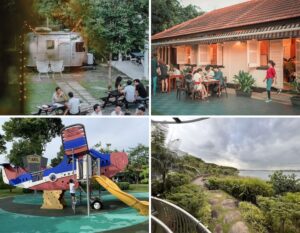

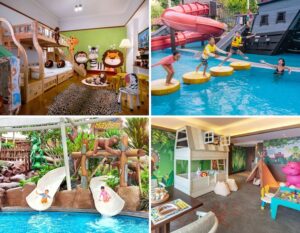

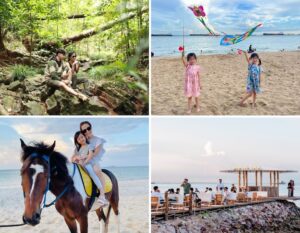
 View All
View All
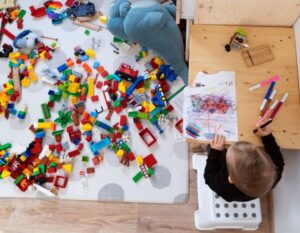


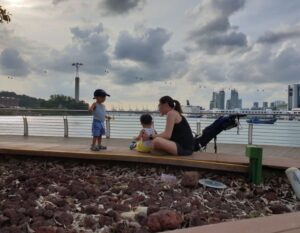
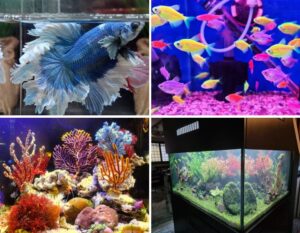
 View All
View All
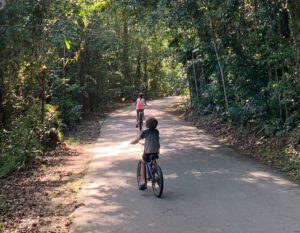


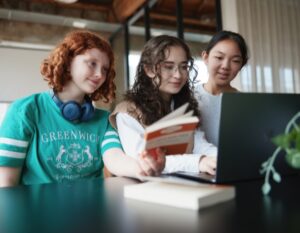

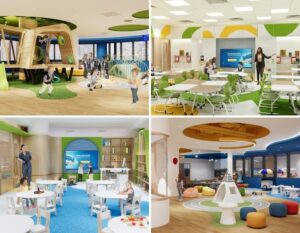

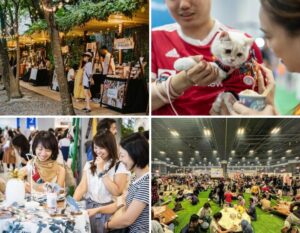

 View All
View All


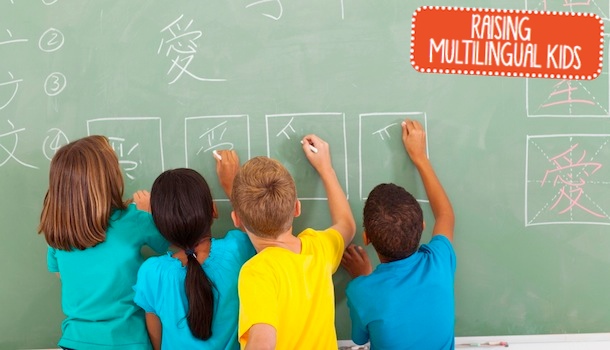
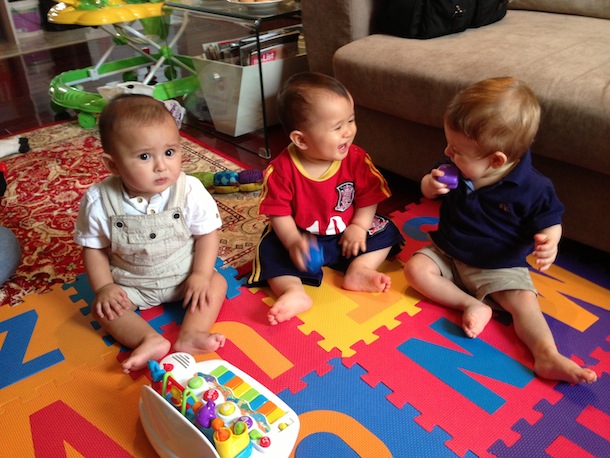

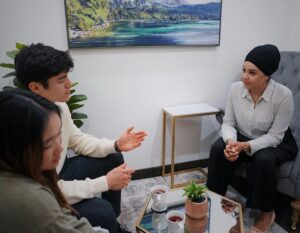


![[𝗦𝗔𝗩𝗘 𝗧𝗛𝗜𝗦] 𝗙𝗿𝗲𝗲 𝗔𝗰𝘁𝗶𝘃𝗶𝘁𝘆 𝗙𝗼𝗿 𝗞𝗶𝗱𝘀 𝗪𝗵𝗼 𝗟𝗢𝗩𝗘 𝗙𝗶𝗿𝗲𝘁𝗿𝘂𝗰𝗸𝘀! 🚒🔥
Skip the usual mall stroll and check out the Civil Defence Heritage Gallery! It’s free, air-conditioned, and housed in Singapore’s very first fire station, just across from Funan Mall.
Spanning two full floors, the gallery dives into Singapore’s firefighting history, major rescue missions, and the evolution of the SCDF. There are interactive exhibits, immersive displays, and even emergency preparedness tips for the public.
Bonus: Selected fire stations also host Saturday morning open houses with guided tours where you can watch fire gear demos, meet firefighters, and see those high-pressure water sprays in action!
𝗛𝗼𝘄 𝗺𝘂𝗰𝗵? FREE
𝗪𝗵𝗲𝗿𝗲? 62 Hill St, Singapore 179367
𝗢𝗽𝗲𝗻𝗶𝗻𝗴 𝗵𝗼𝘂𝗿𝘀? 10 am–5 pm (Closed on Mondays)
Comment “Fire” or link in bio for more details!
Tag your parent crew and plan your next adventure with the little ones! 👨👩👧👦💥
.
.
.
.
.
.
.
#SGFireStation #SCDFGallery #ThingsToDoWithKidsSG #FreeFamilyFun #SGParents #KidFriendlySG #FiretruckLovers #MuseumAdventure #SCDF #HeritageGallery #SGMums #FamilyWeekendSG #LearningThroughPlay #SingaporeWithKids](https://www.sassymamasg.com/wp-content/plugins/instagram-feed/img/placeholder.png)
